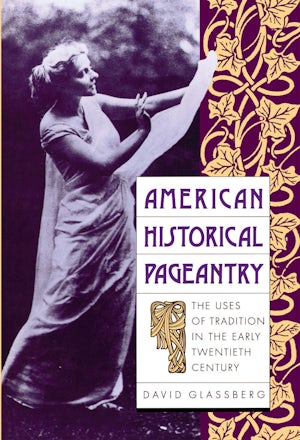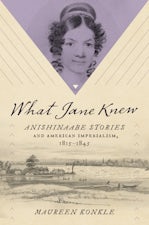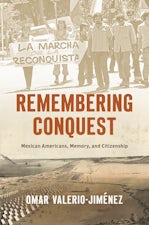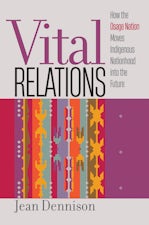American Historical Pageantry
The Uses of Tradition in the Early Twentieth Century
By David Glassberg

403 pp., 6 x 9, 102 halftones
-
Paperback ISBN: 978-0-8078-4286-7
Published: September 1990
Buy this Book
At its peak, between 1910 and 1917, pageantry blended elements of the historical oration and the carnival parade and served as a vehicle for local boosterism, patriotic moralizing, and popular entertainment. Many of its promoters, immersed in the world of progressive reform movements, also viewed pageantry as a dramatic public ritual that could bring about social and political transformation. But embedded within the pageant form was a glorification of a distant past at the expense of the present, a facet of American culture that would later become even more prominent.
By the mid-twentieth century, Glassberg shows, public imagery had begun to depict the past as something without ongoing significance for either the present or the future. At the same time, narratives of local community developmentt had given way to an emphasis on national unity, and the popularity of pageantry as a way of representing history in civic celebrations waned.
By 1937, when Paul Green's The Lost Colony opened in Manteo, North Carolina, the historical pageant had become primarily a professionally produced drama depicting a particular period of the past frozen in time for tourists rather than the reenactment of a larger sweep of town history by and for its residents.
Illustrated with more than 100 black-and-white photographs, this portrait of pageantry's development and decline makes public historical celebrations come alive once again.
Reviews
"Glassberg's research is impeccable, his writing clear, his interpretations illuminating. This is and will be the definitive study of historical pageantry in the United States. It is highly recommended for specialists and general readers interested in public history, popular entertainment, and Progressive Era reform."--Journal of American History
"Glassberg's judicious history deserves praise first of all for carefully unpacking the cultural and social meanings of this lost form. . . . [His] analyses of the pageants are wonderful, complex, and well thought-out."--American Historical Review
"This book deals intelligently, clearly, and exhaustively with the subject of pageantry around the turn of the twentieth century. . . .[It] transcends its subject matter and has important things to say to the profession."--Reviews in American History
"American Historical Pageantry will be the standard work in the pageant movement in America for some time to come. Moreover, it fills an important lack in the scholarship on cultural organizations and the achievement of a sense of community. Through pageants we are able to see how various kinds of polities have chosen to depict themselves."--Roger D. Abrahams, University of Pennsylvania
"David Glassberg deserves high praise for his original and exhaustive research into a fascinating yet neglected subject. His creative insights illuminate the curious blend of idealism and entrepreneurship that underlay the impetus for pageantry during the Progressive era. This narrative enables us to witness a cultural phenomenon with a distinctive yet highly symptomatic history in which communities were the highly praised 'heroes'. A rich display of unknown photographs adds a most welcome visual dimension to an intriguing text."--Michael Kammen, Cornell University



